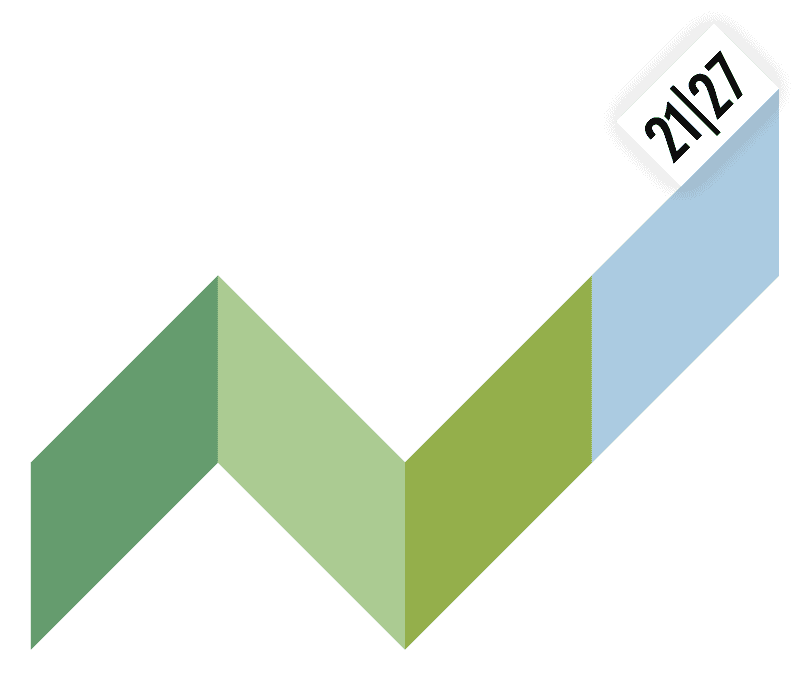Hydrogen is one of the most promising energy carriers in the landscape of renewable energies and the transition towards a more sustainable economy. In Italy, research and development on green hydrogen and its utilization in the energy sector are gaining momentum, with the government and businesses striving to chart a strategy to fully harness the potential of this clean energy source.
Italy, like many other nations, faces the dual challenge of climate change and dependence on fossil energy sources. While the country has made significant strides in renewable energy production such as solar and wind power, hydrogen could offer a complementary solution to tackle the future energy challenges.
The Italian government has recognized the potential of green hydrogen and is promoting policies and programs to support the development of this technology. This includes tax incentives for companies investing in green hydrogen production and increased spending on research and development to enhance production technologies.
An important milestone for Italy was its participation in Hydrogen Europe, the European association for clean hydrogen development. This partnership has enabled Italy to collaborate with other European nations to share best practices and develop a common strategy for the utilization of green hydrogen.
Some of the most relevant official documents dealing with the topic of hydrogen in Italy include:
National Integrated Energy and Climate Plan (PNIEC): This plan was presented by the Italian government to the European Union and defines the objectives and strategies to achieve long-term energy and climate sustainability goals. The PNIEC 2021-2030 includes specific actions related to hydrogen and its role in the country’s energy transition.
National Hydrogen Strategy (SNI): The Italian government has initiated the development of a National Hydrogen Strategy (SNI) that defines the objectives and actions for the development of the green hydrogen industry in Italy. It is currently still in its preliminary phase. The national strategy on hydrogen envisions hydrogen being able to meet 2% of the national energy demand by 2030 (with an installed production capacity of 5 GWe in Italy) and 20% of the demand by 2050 (with 50 GWe of installed electrolyzers).
The national Hydrogen strategy of Italy has a highly ambitious target for electrolyser capacity (5GW by 2030) while foreseeing the construction of only 40 HRS. The target for HRS seems thus relatively low, also considering the country’s aspiration to have 4000 FCEVs circulating on the roads by 2030. Overall, it seems that it would be challenging for Italy to bridge existing gaps and achieve the ambitious targets, given the limited progress in HRS deployment and the significant disparity between the anticipated demand for FCEVs and the planned number of HRS.
From Deliverable D.1.1.2 “Final report on green H2 mobility infrastructure gaps in Alpine Space” emerges that the available data collected from the alpine regions of Italy is limited to four areas: Piemonte, Lombardy, Bolzen province and Valle D’Aosta. In total 24 Hydrogen refuelling stations have been recorded by project partners. Notably, Lombardy and Bolzen province are the sole regions where two operational HRS for urban buses are reported.
The remaining 22 registered stations within these two mapped regions are currently in the planning stage. Moreover, it is worth noting that a connection of hydrogen production to the pipeline network is already in place.
Regional or Local Plans: Some Italian regions or cities may have specific plans or strategies concerning the use of green hydrogen in local projects and initiatives, such as public transportation or industrial production. In most cases, there regional strategies demonstrate political commitment of regional authorities to align with national targets for hydrogen development, without specifying, apart from a few exceptions, regional targets.
Piemonte has the Regional Strategy for the Hydrogen Of Piemonte aligned with the National Strategy and Bolzen province has the Masterplan Hydrogen Tirolo- Alto Adige- Trentino.
The Bolzen strategy has as a target 12 sites with a production of 6MW for each site, 660 H2 buses and 750,000 heavy journeys by H2 tracks.
In Italy, in particular in the Italian alpine space, the existent HRS are two, meanwhile the planned ones are 22. The two existent hydrogen refuelling stations are in Milan with a capacity of 35 kg storage capacity with 200 kg refuelling capacity and 350 buses served in solely on-site production. The second one is in Bolzen, with 350 and 700 heavy- duty trucks and buses in solely on-site production.
As what concerns the hydrogen production units in the Italian alpine space there are 6 existents while 13 are planned. About hydrogen transport arrangements, in the Italian alpine space already exist a connexion with pipelines and it’s also planned the implementation.
The implementation of the hydrogen economy in Italy, based on green hydrogen production, is expected to require over 10 billion euros in investments between 2020 and 2030, distributed as follows:
5-7 billion euros for hydrogen production
2-3 billion euros for the adaptation of distribution and consumption facilities (hydrogen-powered trains and trucks, refueling stations, etc.)
1 billion euros for financing research and development investments.
Hydrogen represents a significant opportunity for Italy in combating climate change and creating a more sustainable energy system. The country is making significant progress in promoting the use of green hydrogen in transportation, industry, and energy sectors. However, to maximize its potential, technical and economic challenges associated with hydrogen production and distribution will need to be addressed. With continued commitment from the government, industry, and society as a whole, Italy can become a model for other countries seeking to embrace this promising energy technology.
Article was prepared by Chiara D’Arco, IVY Volunteer, KSSENA.


